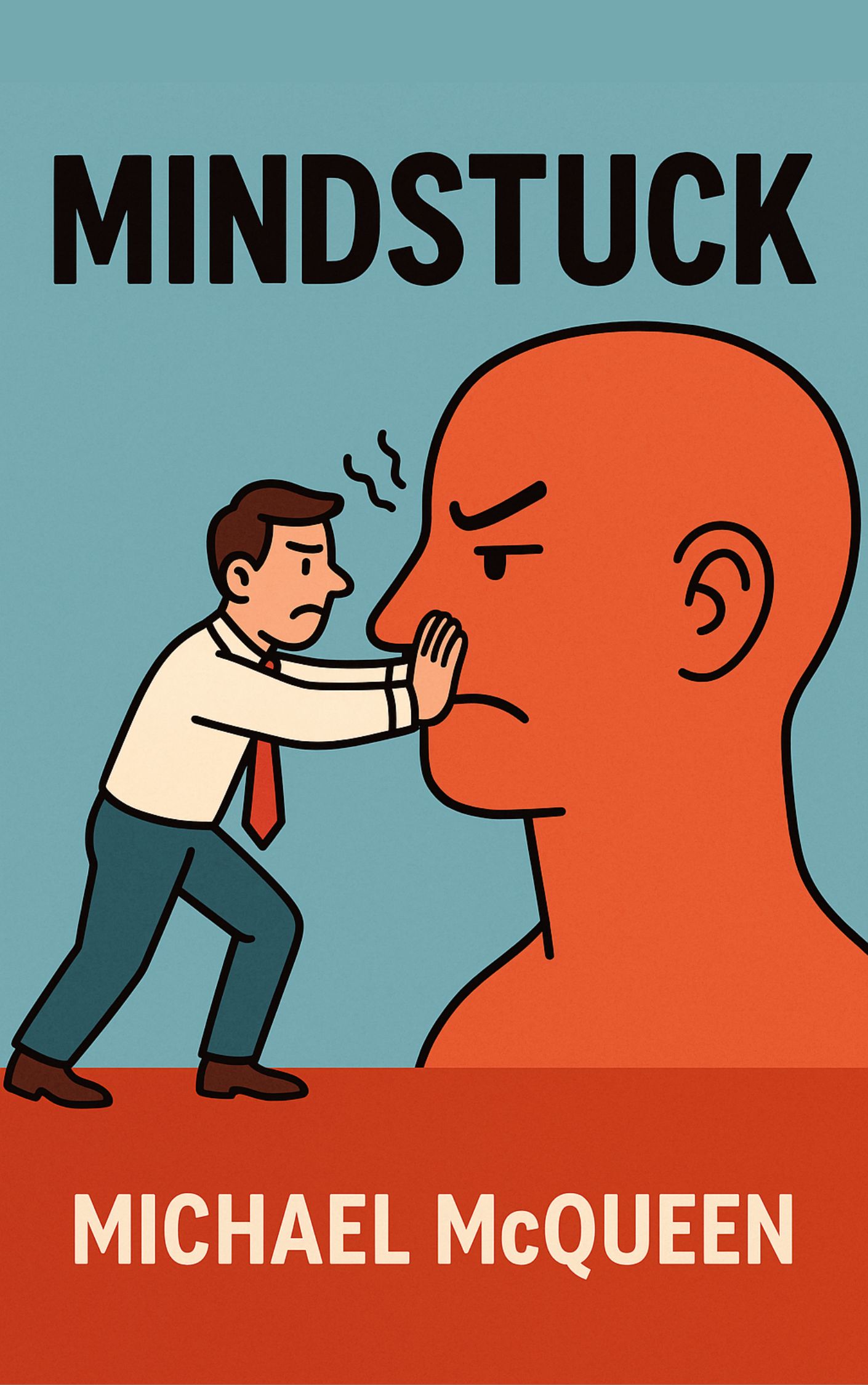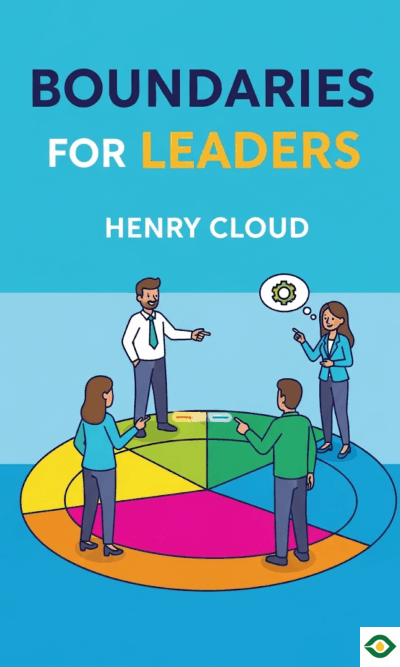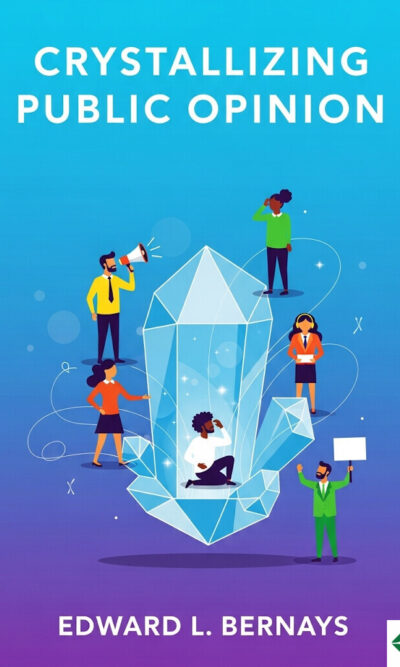Description
Changing someone’s mind is one of the hardest things we face in life. People hold on tightly to their beliefs, often refusing to let go even when evidence or logic suggests otherwise. This is not because they are foolish, but because the human brain naturally resists change. Our beliefs are tied to who we are, what we value, and what feels right to us. Mindstuck is a book about persuasion. It explains why people are so resistant to change and how we can guide them, gently and effectively, to new ways of thinking.
At its core, persuasion is not about winning an argument or proving someone wrong. It is about building a bridge between your perspective and theirs. Most of us spend a huge portion of our work and personal lives in conversations where persuasion matters — asking a boss to approve an idea, convincing a friend to try something new, or encouraging a loved one to see a situation differently. Old methods like bribing with rewards, arguing with strict logic, or pushing too aggressively rarely succeed. They fail because they ignore the way our minds actually work.
The brain has two sides constantly at play. One side loves logic and analysis. The other side runs on feelings and gut instincts. Most of the time, the instinctive side is in charge. That means emotions, identity, and intuition play a much larger role in decision-making than we like to admit. If you try to persuade someone only with facts, you are speaking to the wrong part of their mind. To succeed, you must understand how people protect their self-image, how they feel loyal to their social group, and how their beliefs are woven into their sense of self.
One of the first techniques is reframing. This means presenting the same idea in a fresh way that feels easier to accept. For example, people will often resist a cost until it is framed as an investment or an opportunity. Words matter. Saying something is “pre-owned” instead of “used” makes it more appealing, even though it means the same thing. You can also reframe with contrast. When people see a gap between what they believe in and how they behave, they start to reconsider. Reframing is powerful because it does not fight directly against beliefs. Instead, it reshapes the way people see the situation, making the message softer and more acceptable.
Another important technique is building affinity. This means creating connection and trust. Even a small shared moment, like talking about the weather, can make people more willing to help or listen. People are naturally more open to those they feel close to. You can build affinity by showing vulnerability, admitting small flaws, or finding common ground. Sharing values, echoing agreement, or even mirroring body language helps others feel that you are “one of them.” Affinity reduces defensiveness and allows your ideas to land in a safer, friendlier space.
Equally important is preserving the other person’s dignity. Nobody likes being told they are wrong. When you attack someone’s beliefs head-on, they are likely to push back harder. To avoid this, you must help them feel respected. This can be done by asking thoughtful questions that guide them to reflect on their own reasoning. It can also be done by offering choices instead of forcing one outcome. When people feel they still have control, they are much more open to considering new perspectives. A gentle technique is acknowledging their feelings, sharing your own similar experiences, and then suggesting an alternative view. This keeps the conversation cooperative instead of confrontational.
Another tool is harnessing the power of conformity. Humans are social beings. We want to fit in with our groups and feel like we belong. This instinct can be used to persuade. When people see that others are already embracing an idea, they are more likely to follow. This is why social proof is so powerful. If a large number of people are doing something, or if something is labeled “most popular,” it influences behavior. Herd mentality works too — when a majority is already in agreement, the rest are likely to align. Reciprocity is another part of conformity. If you do someone a favor, they naturally feel compelled to return it. Even small acts of kindness can make people more receptive to your requests.
Finally, the most essential technique is empathy. Persuasion without empathy is hollow. To truly influence someone, you must step into their shoes and see the world through their eyes. This means listening carefully, imagining their emotions, and respecting their fears. Empathy makes abstract ideas personal. Statistics may be ignored, but stories about real people can stir hearts. Asking gentle questions like “Could it be possible that…?” opens minds without confrontation. Sometimes, the best way to persuade is to show rather than tell, allowing others to experience another perspective firsthand.
Taken together, these five techniques form a complete approach to persuasion. Reframing changes the way ideas are presented. Building affinity creates trust. Preserving dignity prevents defensiveness. Harnessing conformity taps into social instincts. And empathy ensures everything is grounded in respect and understanding.
The lesson of Mindstuck is that persuasion is not about overpowering someone’s mind. It is about guiding them toward a new perspective in a way that feels natural, safe, and dignified. You are not trying to “win” at their expense. Instead, you are helping both of you move forward together.
When you next face a stubborn mind, remember that pushing harder rarely works. Instead, shift your focus. Change how you present the idea. Build a connection before making your point. Respect the person’s pride and give them room to choose. Show that others already share this perspective, and most of all, practice empathy. With these tools, you will find that even the most rigid walls can soften, and new doors of understanding can open.
In the end, persuasion is not manipulation. It is an act of compassion. It is about helping others see new possibilities without feeling attacked. It is about creating conversations where both sides feel valued. When you combine logic with empathy, strategy with respect, you become not just persuasive but deeply influential. And that is the power of truly understanding how minds work, and how to gently unstick them.





